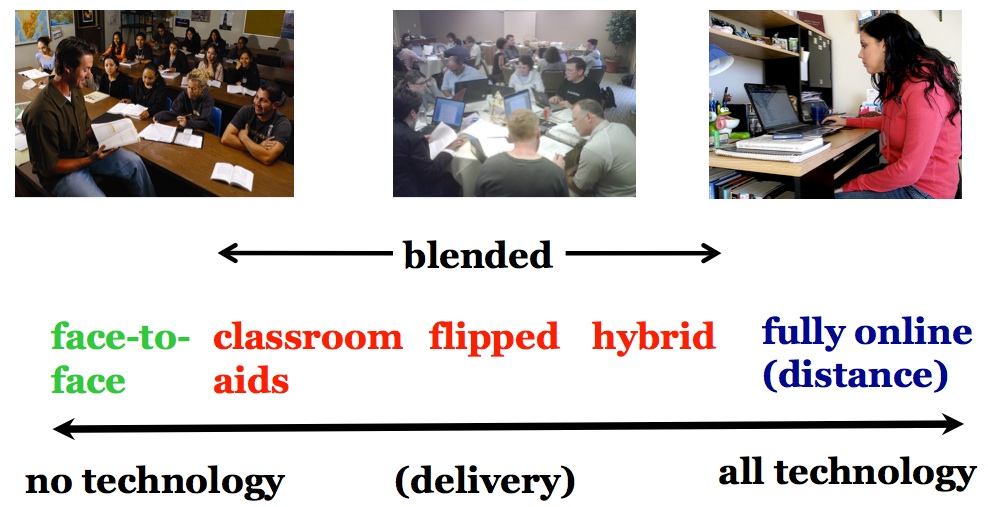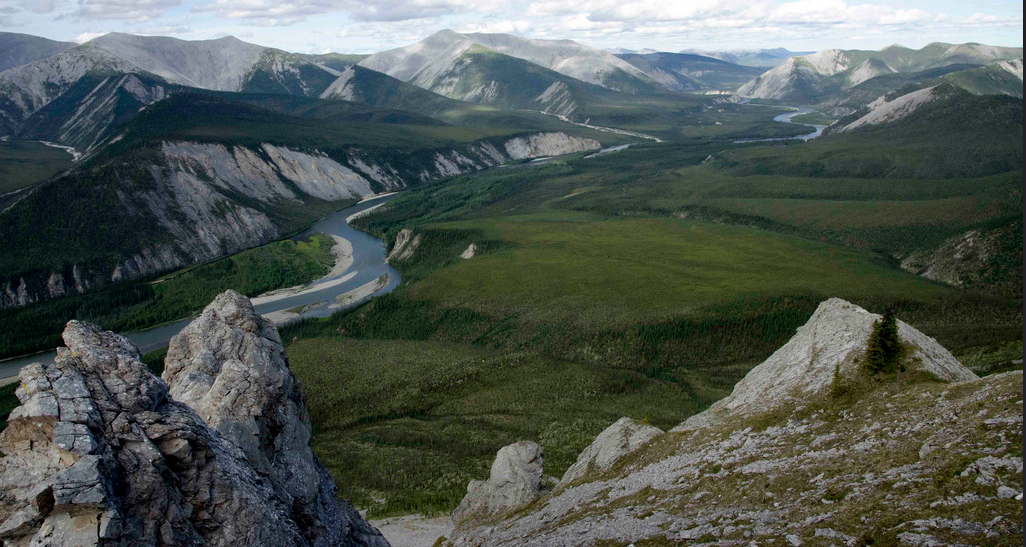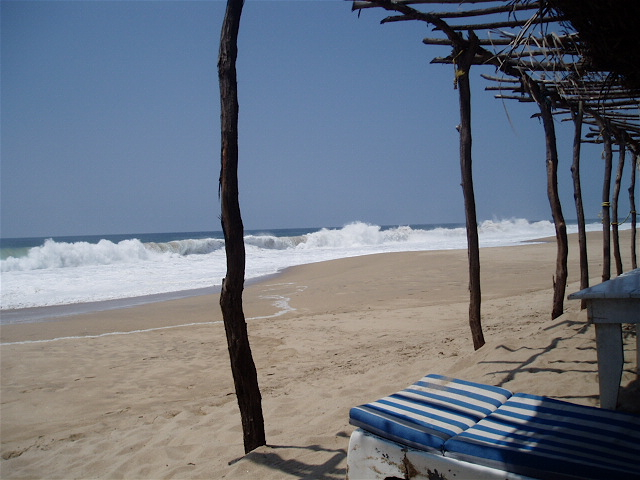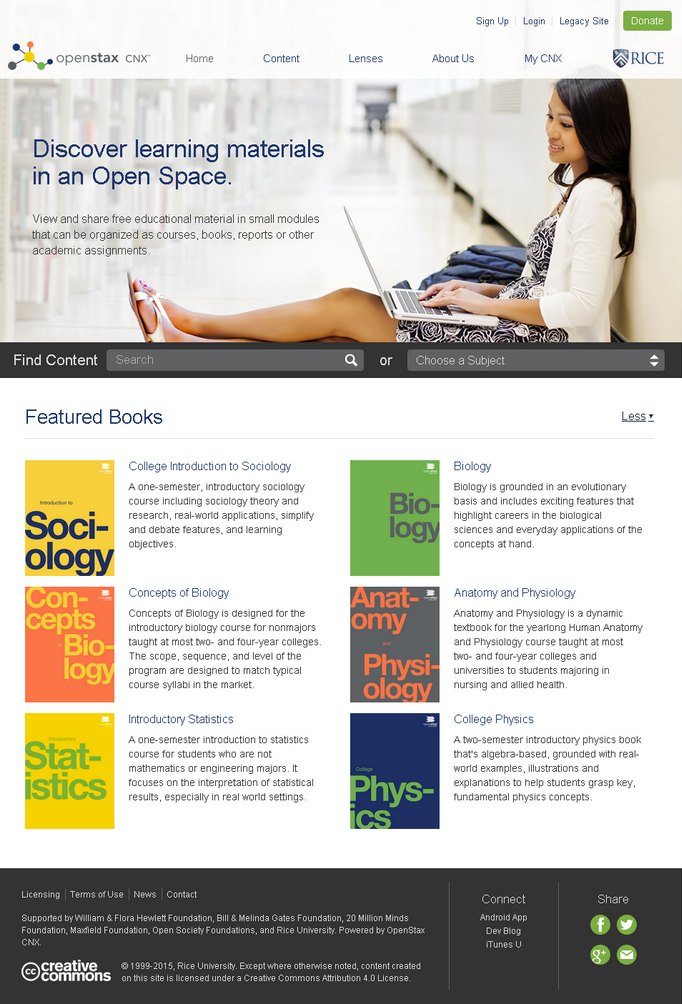Last chapter of Teaching in a Digital Age now published
Chapter 12, Supporting teachers and instructors in a digital age, the last chapter of my online, open textbook for teachers and instructors, Teaching in...
Ensuring quality teaching in a digital age: key takeaways
I have now completed and published Chapter 11, 'Ensuring quality teaching in a digital age', for my online open textbook, Teaching in a Digital...
10 key takeaways about differences between classroom, blended, online and open learning
Lucky readers: you get a bonus! This is really a brief summary of all of the ten previous posts on this topic, which constitute...
A future vision for OER and online learning
For each chapter of my online open textbook, Teaching in a Digital Age, I am developing imaginary but hopefully realistic scenarios. In this scenario,...
The implications of ‘open’ for course and program design: towards a paradigm shift
I am usually very cautious not to use the term 'paradigm shift', but I do believe that the term is justified by the implications of...
Integrating open textbooks, open research and open data into teaching
This is the third of five posts on open education for my online open textbook, Teaching in a Digital Age. The previous two posts...
Making sense of open educational resources
This is the second of five posts on open education from Chapter 10 of my online open textbook, Teaching in a Digital Age. The...
Nine questions to ask when choosing modes of delivery
This is the fifth of five posts on choosing modes of delivery for Chapter 10 of my online open textbook, Teaching in a Digital...
Desperately seeking the unique pedagogical characteristics of face-to-face teaching
This is the fourth of five posts on choosing modes of delivery for my online open textbook Teaching in a Digital Age. The post...
Deciding on modes of delivery
This is the first of a series of five posts that look at the following:
deciding whether a whole course or program should be offered wholly...












